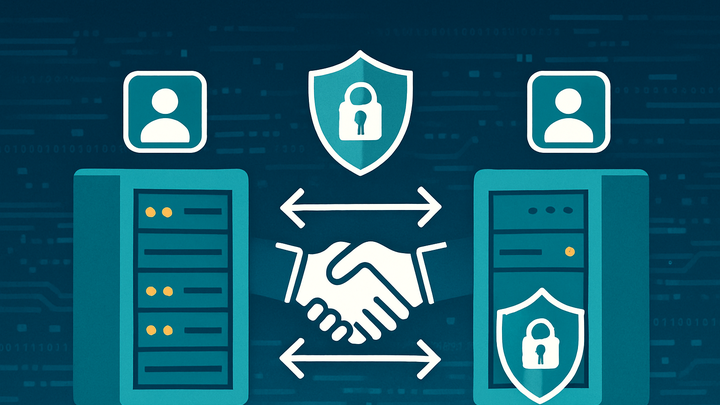Published on 2025-06-28T02:32:16Z
What is Second-Party Data? Examples of Second-Party Data
Second-party data is first-party data collected by one organization and shared directly with another under a formal agreement. It combines the accuracy and consent-based integrity of first-party data with the broader reach of external datasets. Because it originates from the partner’s own collection methods, it avoids many privacy pitfalls and ad-blocker issues associated with third-party data. Typical examples include an e-commerce platform sharing purchase histories with a brand or a media outlet providing its subscriber insights to an advertiser. Organizations can import second-party data into analytics platforms like GA4 via the Data Import feature or analyze it in cookie-free tools like PlainSignal. This approach boosts targeting precision, fuels personalized marketing, and maintains compliance with data protection regulations.
Second-party data
Accurate, consented data shared directly by another company, enabling precise analytics and marketing with high compliance.
Overview of Second-Party Data
Understanding what second-party data is and how it fits into the data ecosystem.
-
Definition
Data collected directly by one organization and shared under a formal partnership, retaining first-party accuracy and consent.
-
Key characteristics
Distinct features that set second-party data apart in terms of quality, privacy, and usability.
-
Direct agreement
Exchanged through contracts or data-sharing agreements, ensuring clear usage rights.
-
High accuracy
Collected at the source with minimal inferred data or estimation.
-
Benefits and Use Cases
Why organizations leverage second-party data to enhance analytics and marketing efforts.
-
Enhanced targeting
Refine audience segments using rich partner data to deliver more relevant messaging.
-
Personalization at scale
Feed granular partner insights into personalization engines for tailored user experiences.
-
Market expansion
Access new customer segments through trusted partnerships, reducing acquisition costs.
Implementing Second-Party Data
Steps to integrate partner-shared data into analytics workflows and tools.
-
Establishing partnerships
Define objectives, negotiate data terms, and ensure privacy compliance before sharing.
-
Data integration with GA4
Import second-party data into Google Analytics 4 using the Data Import feature or Measurement Protocol.
-
Data import setup
Upload CSV files or automate imports via API to merge partner data with event metrics.
-
-
Integration with PlainSignal
Capture second-party events in a cookie-free analytics environment using PlainSignal’s JavaScript snippet.
-
Snippet installation
Add the following code to your site’s head to initialize PlainSignal tracking.
-
Implementation Example
Sample code for integrating PlainSignal to capture and analyze second-party data.
-
PlainSignal tracking snippet
Insert this code in your website’s header:
-
Code example
<link rel="preconnect" href="//eu.plainsignal.com/" crossorigin /> <script defer data-do="yourwebsitedomain.com" data-id="0GQV1xmtzQQ" data-api="//eu.plainsignal.com" src="//cdn.plainsignal.com/plainsignal-min.js"></script>
-
Comparing Data Types
How second-party data differs from first-party and third-party data sources.
-
Second-party vs first-party
First-party is collected by you; second-party is collected by a partner and then shared.
-
Second-party vs third-party
Third-party is aggregated or brokered data with broader reach but lower accuracy.
